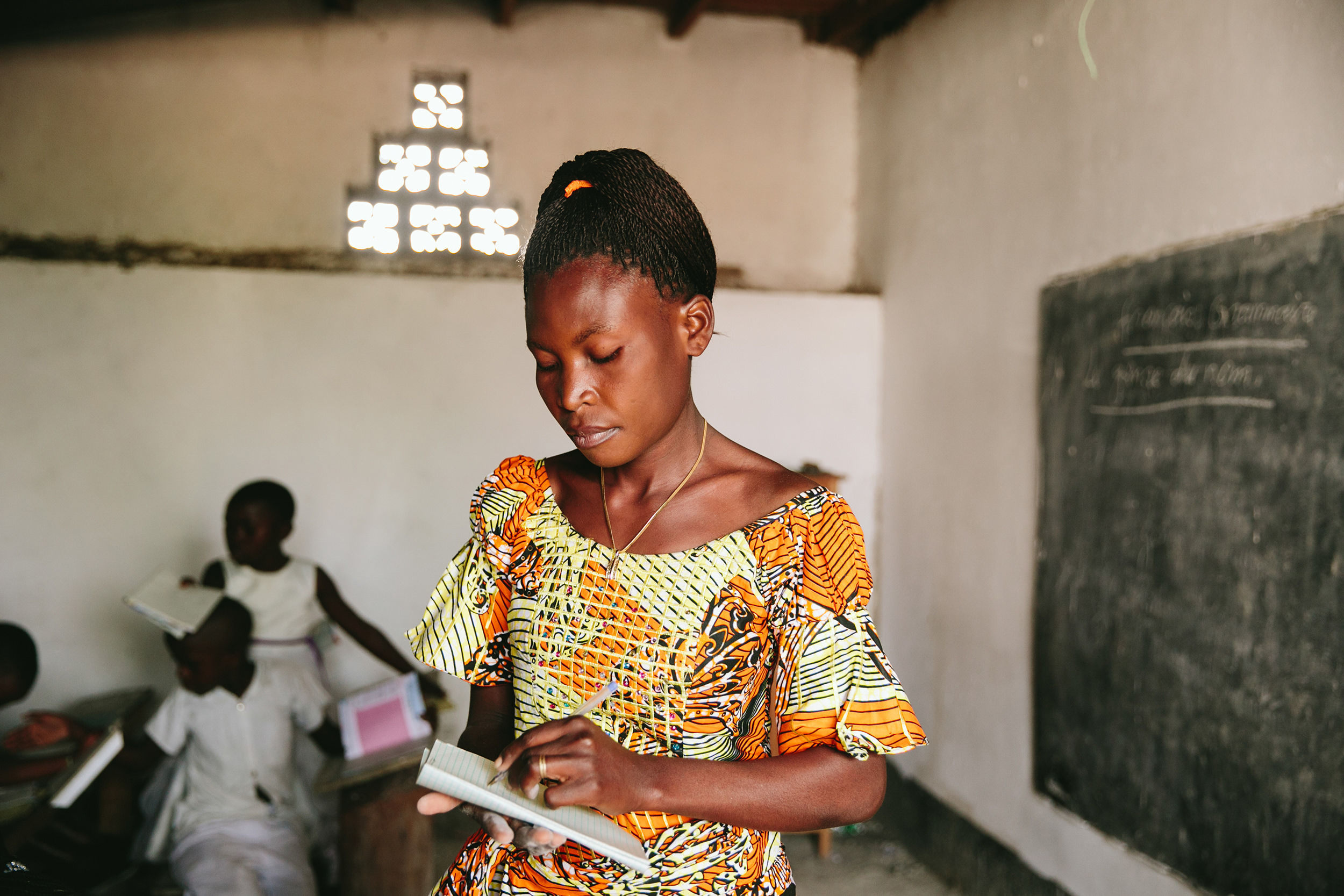
Proposed Sustainability Initiatives
The Proposed Secondary School has been designed with the Community as a hub for Socio-Economic as well as Environmental Development. The vision of this project, is to have the school act as the Community’s centre for Sustainability, Innovation and Development. We envision the entire community - whether it be infants, the elderly, parents or students - benefiting from the School. We foresee the institution as a communal space where people from various backgrounds can learn from one another’s cultures and skills.
The Four Pillars that the School will address are as follows; Education, Environmental Conservation, Quality of Life and Economic Development. The Community and the Team have come up with a few goals that they envision to be implemented as part of the Master Plan of the school.
Education
Implementation of practical education through workshops on the following;
Agricultural development (through the greenhouse)
Small-scale business creation
Micro-finance
Internship program which comprises of a network of businesses in the area who offer paid and non-paid internships for the students to apply to
After-school classes for the parents and the community on agriculture, English language, reading and writing
Creation of an Innovation and Entrepreneurship Incubator for the County that can be run through the School
Science and Technology fairs for all Secondary Schools in the County can be introduced at the School
Environmental Conservation
Natural, locally-sourced construction materials
Indigenous trees and plants planted across the campus to attract birds, butterflies and insects
System that integrates a Greenhouse, Biogas Digester and Rainwater Harvesting:
Greenhouse equipped with conventional agricultural requirements and hydroponic technology
Biodegradable waste can be bought from hotels and business in the area to feed the digester
Biodegradable waste from the kitchen and greenhouse are pumped into the digester
Biogas digester turns biogas into electricity
Byproduct of the biogas creation process is organic fertilizer, which is then used in the greenhouse and across the campus
Carbon dioxide from the digester is pumped into the greenhouse to support plants with photosynthesis
Rainwater harvesting from all the buildings is stored in an underwater tank that feeds with the greenhouse with water
Quality of Life
Design inspired by the local community - there are 9 buildings and circulation paths which represent the 9 sub-tribes of the Mijikenda community
Creation of a Volunteering Network whereby parents and community members can offer their time and skills to help maintain the school (e.g. offering of plumbing or electrical services)
Introduction of Music and Dance classes and clubs
Health and Wellness counselling and workshops
Economic Development
Employment of teaching and non-teaching staff
Increases business to small business owners in the area (e.g. bicycle taxis)
Employment of parents and community members in maintaining the greenhouse and bio-digester
The school can sell excess organic fertilizer to local farmers